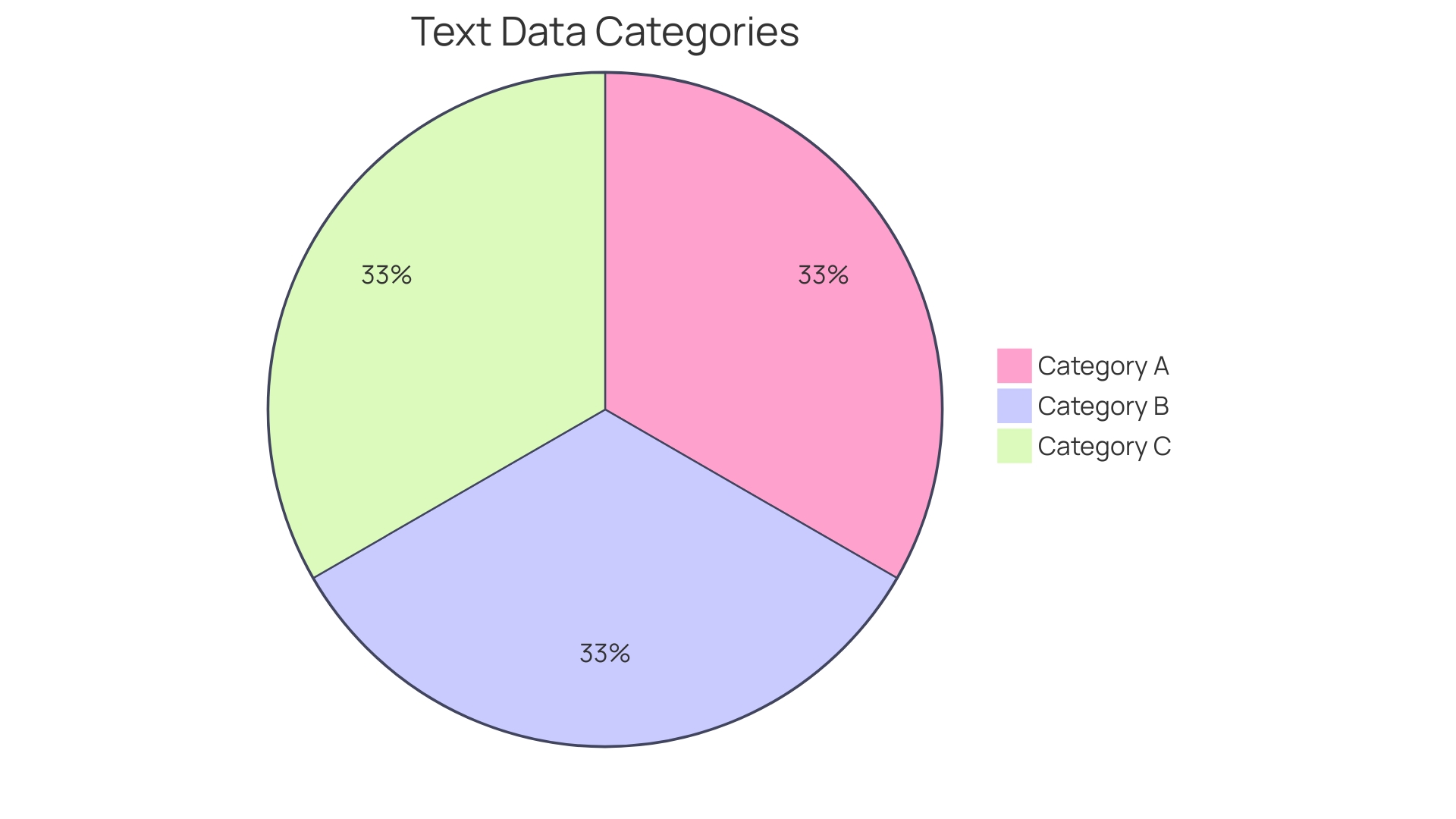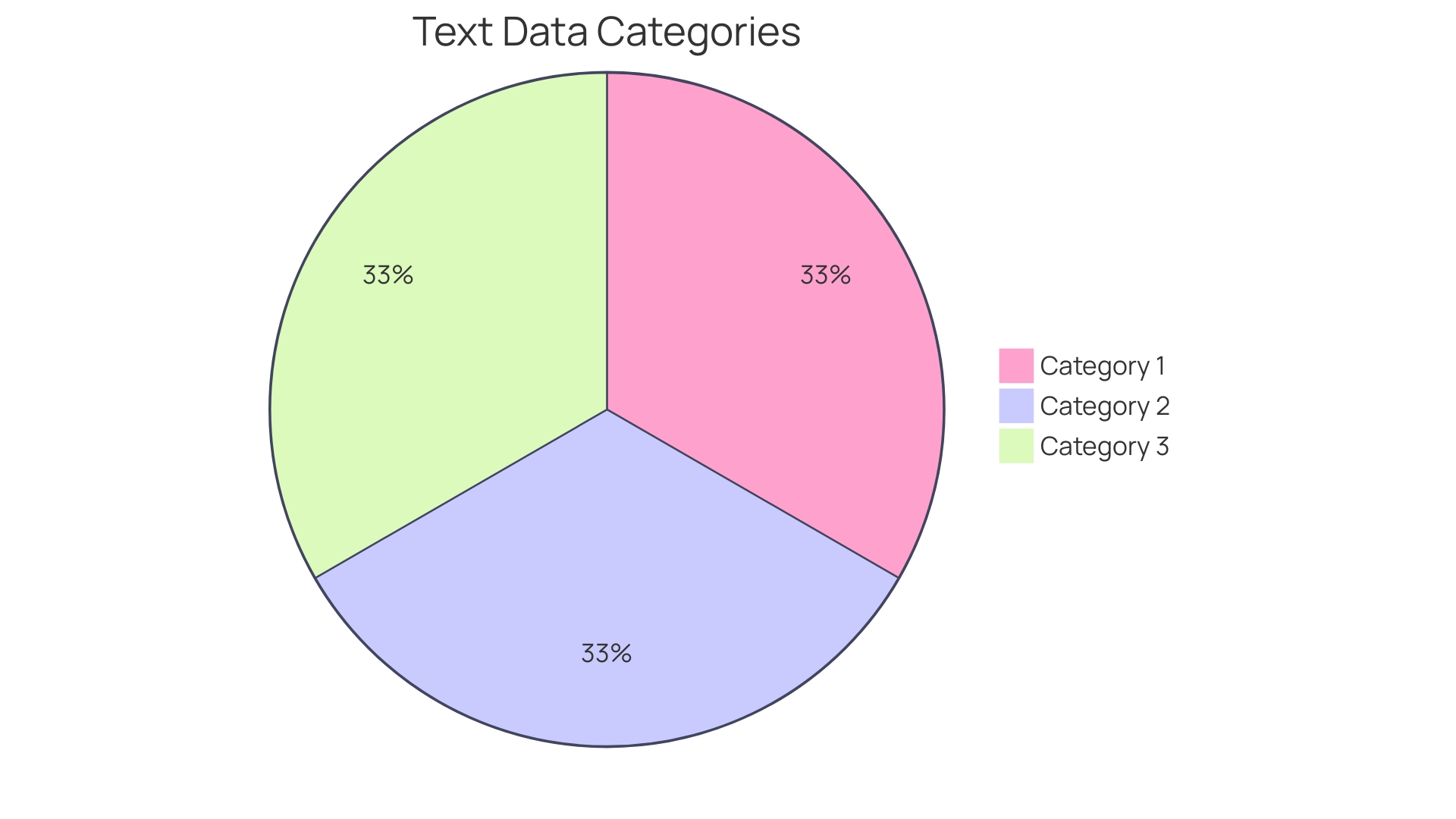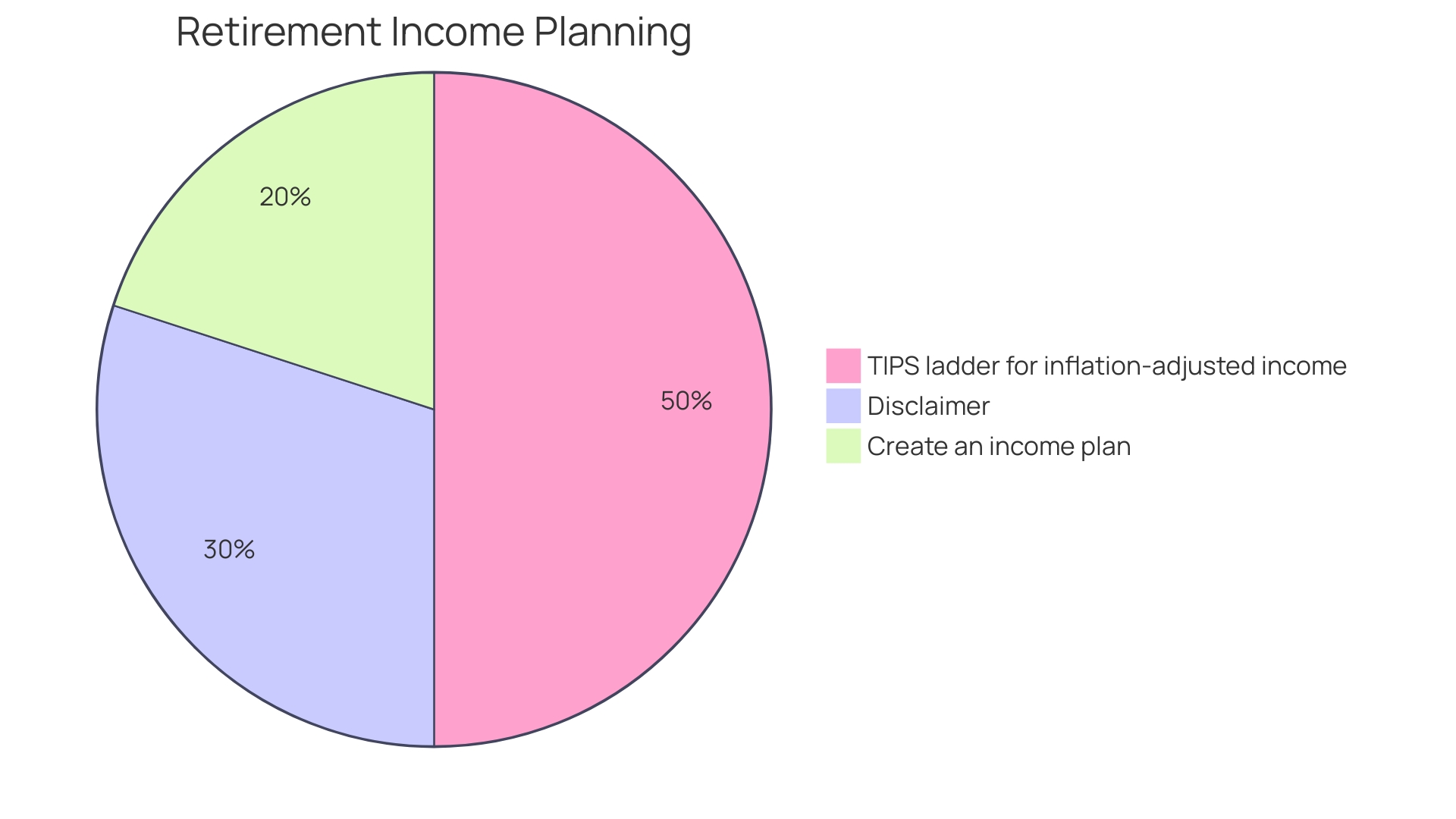Introduction
Inflation, the persistent increase in the price levels of goods and services, poses a significant challenge for businesses navigating economic cycles. With factors such as supply and demand dynamics and governmental fiscal maneuvers driving inflationary pressures, companies must find ways to adapt and thrive in this complex landscape. In this article, we will explore the causes and consequences of inflation, particularly focusing on its impact on businesses.
Additionally, we will discuss practical strategies that businesses can employ to mitigate the effects of inflation and ensure financial fortitude and sustained growth. Stay tuned for valuable insights and actionable advice tailored to the CFO audience.
What is Inflation?
Inflation is often depicted as the specter of rising costs haunting the economic landscape, a phenomenon that erodes the purchasing power of currency over time. At its core, inflation entails the persistent elevation in the price levels of goods and services, a dynamic that's meticulously tracked by metrics such as the Consumer Price Index (CPI). Driven by an array of factors including supply and demand dynamics and governmental fiscal maneuvers, grappling with inflationary pressures is a quintessential challenge for businesses striving to steer through the turbulences of economic cycles.
Various mechanisms trigger inflation, such as cost-push inflation, where increased costs of production inputs, like raw materials and energy, compel businesses to elevate prices to safeguard their profit margins. This escalation in costs inevitably cascades down to consumers. Conversely, demand-pull inflation surfaces when an influx of capital chases a limited pool of goods, often spurred by rapid economic expansion, enhanced government expenditure, or tax cuts.
Supply-side inflation emerges from shifts in the monetary supply or heightened demand for money itself.
The intricate dance of inflation is not without its consequences. When the Federal Reserve aims to anchor inflation to a 2% target rate, it acknowledges the burden that a high trend inflation rate can impose on the economy. This includes transaction frictions, where the steady devaluation of cash due to inflation impairs transaction efficiencies.
For instance, a 10% annual inflation rate means that $100 which could buy 10 lunches one year, can only secure approximately nine the following year.
In a frictionless economy, prices and wages would instantly adjust to match the inflation rate, but market imperfections often obstruct such immediate responses. Businesses, on their end, have shown a tendency to not just pass on rising costs to consumers but also to leverage inflationary periods to expand profit margins, a strategy transparently acknowledged in corporate communications. This approach becomes particularly pronounced when businesses maintain elevated list prices even as their own operational costs subside.
The contemporary economic narrative is replete with instances where inflation intertwines with other economic variables. For instance, the Maine Potato War of 1976 exemplifies a historical moment tied to agricultural pricing, while recent economic reports highlight how American consumers juggle the impacts of inflation amidst robust spending in sectors like entertainment and travel. Furthermore, small and medium-sized enterprises (SMEs) are particularly sensitive to inflationary trends, as evidenced by the Business Insights and Conditions Survey, which indicates that in the last year, a significant portion of businesses engaged in international trade saw fluctuations in their export and import volumes.
Ultimately, inflation is not merely an abstract economic indicator but a palpable force that shapes the strategic decisions of businesses. It demands vigilance and adaptability from companies as they navigate the economic currents to ensure financial fortitude and sustained growth.

Causes of Inflation
Inflation is a multifaceted phenomenon, influenced by a myriad of factors that can drive up the general price level of goods and services. One prevalent cause is demand-pull inflation, which emerges when there's an excess of demand over supply, creating upward pressure on prices. Conversely, cost-push inflation arises when production costs, such as wages or raw materials, increase, prompting businesses to transfer these higher expenses to consumers via elevated prices.
Monetary inflation is another key contributor, occurring when central banks inject more money into the economy, resulting in a greater amount of currency pursuing the same quantity of goods and services. Lastly, built-in inflation is fueled by the anticipation of future price hikes, which can lead to enhanced wages and escalated production costs, thus perpetuating an inflationary cycle.
Understanding these mechanisms is crucial, as highlighted in recent discussions at the White House, where policymakers dissected inflation's trajectory, considering both the Consumer Price Index's (CPI) historical data and projections. This analysis is pivotal for shaping monetary policy and managing expectations, which, as the Federal Reserve's models and surveys suggest, significantly influence actual inflation rates.
News reports reflect a cautiously optimistic outlook, with President Joe Biden affirming the nation's progress in combating inflation, suggesting a 'soft landing' is achievable. This sentiment is echoed by changing consumer expectations, which have shown a decline in anticipated spending growth and a subdued forecast for inflation, according to the Federal Reserve Bank of New York's surveys.
However, some voices, like Director of ActionStation Kassie Hartendorp, criticize businesses for exploiting the inflation narrative to justify price hikes while restraining wage increases. Such perspectives underscore the complex interplay of economic forces, corporate strategies, and public policies that shape the inflation landscape.
Economists often attribute transitory inflation to either supply shocks, such as the 1970s OPEC oil embargo, or demand shocks. Such transitory effects tend to self-correct as market forces seek a new equilibrium, which can eventually lead to price stabilization or even reductions, an aspect underscored by academic experts and economic models alike.
It's imperative to recognize that while inflation can result from various sources, it is often supply issues that predominate. Addressing these underlying causes is essential for developing effective strategies to mitigate inflationary pressures and ensure economic stability.

Impact of Inflation on Businesses
Facing the complex challenges of inflation requires a nuanced understanding of its mechanisms and effects on the business landscape. Inflation, in essence, increases the general price levels of goods and services, which can have varied implications for companies.
-
Cost Pressures: When input costs such as raw materials, energy, and labor rise, businesses encounter cost-push inflation. This inflation type forces companies to increase prices to maintain profit margins, inevitably impacting consumers.
-
Consumer Spending Power: With the cost of living increasing, consumers experience a decrease in purchasing power. This often leads to a dip in demand for non-essential goods and services as disposable income shrinks.
-
Pricing Strategy: In an inflationary period, businesses grapple with the necessity to adjust prices without compromising market competitiveness. Some, as reported by Groundwork, have utilized aggressive pricing strategies to not only pass on the increased costs but also to maximize profits.
-
Financial Forecasting: The predictability of inflation is crucial for sound financial planning. A stable inflation rate allows for better forecasting and budgeting. However, the Federal Reserve targets a 2% inflation rate to maintain price stability, and deviations from this can introduce uncertainty into financial projections.
Moreover, inflation can erode the value of liquid assets like cash, as seen with a 10% inflation rate reducing the purchasing power from 10 to around nine lunches for the same $100.
Recent developments show a shift in consumer behavior due to inflation. For instance, McDonald's reported a sales drop attributed to customers' reduced purchasing power, and broader economic data suggests that consumers are adjusting their spending habits, searching for more affordable options and forgoing purchases deemed too expensive.
Economists' predictions for inflation in 2024 vary but generally hover around the 2.5% to 3% range for CPI and PCE. Understanding these dynamics is essential for businesses as they navigate wage setting and pricing strategies in an inflationary climate.
The Survey of Firms' Inflation Expectations (SoFIE) offers insights into the expectations of CEOs across various industries, from manufacturing to services, highlighting the pervasive nature of inflationary concerns in strategic business decisions.
Strategies to Mitigate the Effects of Inflation
In navigating the complexities of inflation, businesses have a multitude of strategies at their disposal. Cost Management is vital, with a focus on streamlining operations, optimizing the supply chain, and refining procurement processes to enhance efficiency. Pricing Strategies demand a nuanced approach, where market analysis and competition are leveraged to determine prices that cover costs yet appeal to consumers.
Diversification is another avenue, broadening product lines or venturing into new markets to create additional sources of income. Hedging offers protection against inflationary pressures, through the use of long-term contracts or pre-purchasing commodities at set prices. Lastly, Collaboration with suppliers, customers, and peers in the industry fosters a collective approach to overcoming the hurdles posed by inflation and spurring innovative solutions.
Inflation, often spurred by factors such as cost-push, demand-pull, or supply-side triggers, leads to the diminishment of purchasing power, compelling businesses to adapt or face erosion of profitability. According to the Federal Reserve's goal to maintain a 2 percent inflation rate, it is imperative for companies to understand the implications of trend inflation - a long-term, stable rate of inflation that does not fluctuate with short-term price changes - and the transaction frictions it can cause. For instance, a 10 percent annual inflation rate would reduce the purchasing power of $100, as it would buy fewer goods over time.
To mitigate the costs associated with trend inflation, firms must be agile, recalibrating strategies to maintain their competitive edge. Insights from the Survey of Professional Forecasters predict a median inflation rate of 2.5% (CPI) and 2.4% (PCE) for 2024, signifying that while businesses need not match inflation rate when setting wages, it is sensible to keep inflation in consideration. Local market conditions and the company's experiences, such as employee turnover and job application rates, are instrumental in wage decision-making.
The Survey of Firms' Inflation Expectations (Sofie) further underscores the importance of staying informed about inflation expectations across various industries, be it manufacturing or services, to make informed strategic decisions.

Conclusion
In conclusion, businesses must navigate the complexities of inflation by understanding its mechanisms and effects. Rising input costs lead to cost-push inflation, impacting consumers and decreasing their spending power. Businesses must adjust prices without compromising competitiveness, utilizing aggressive pricing strategies to pass on costs.
Predictability of inflation is crucial for financial planning, as deviations from the 2% target introduce uncertainty.
To mitigate inflation's effects, businesses focus on cost management, streamlining operations, optimizing the supply chain, and refining procurement processes. Pricing strategies require a nuanced approach, considering market analysis and competition. Diversification, hedging, and collaboration with suppliers, customers, and peers foster innovative solutions.
Understanding the implications of trend inflation and transaction frictions is vital. Maintaining a competitive edge requires agility and recalibrating strategies. While the predicted median inflation rate for 2024 is around 2.5% (CPI) and 2.4% (PCE), businesses need not match this rate when setting wages.
However, considering inflation and local market conditions is sensible.
In conclusion, businesses must stay informed about inflation expectations and make strategic decisions based on their industry and circumstances. By understanding the causes and consequences of inflation and implementing practical strategies, businesses can mitigate its effects and ensure financial fortitude and sustained growth.




